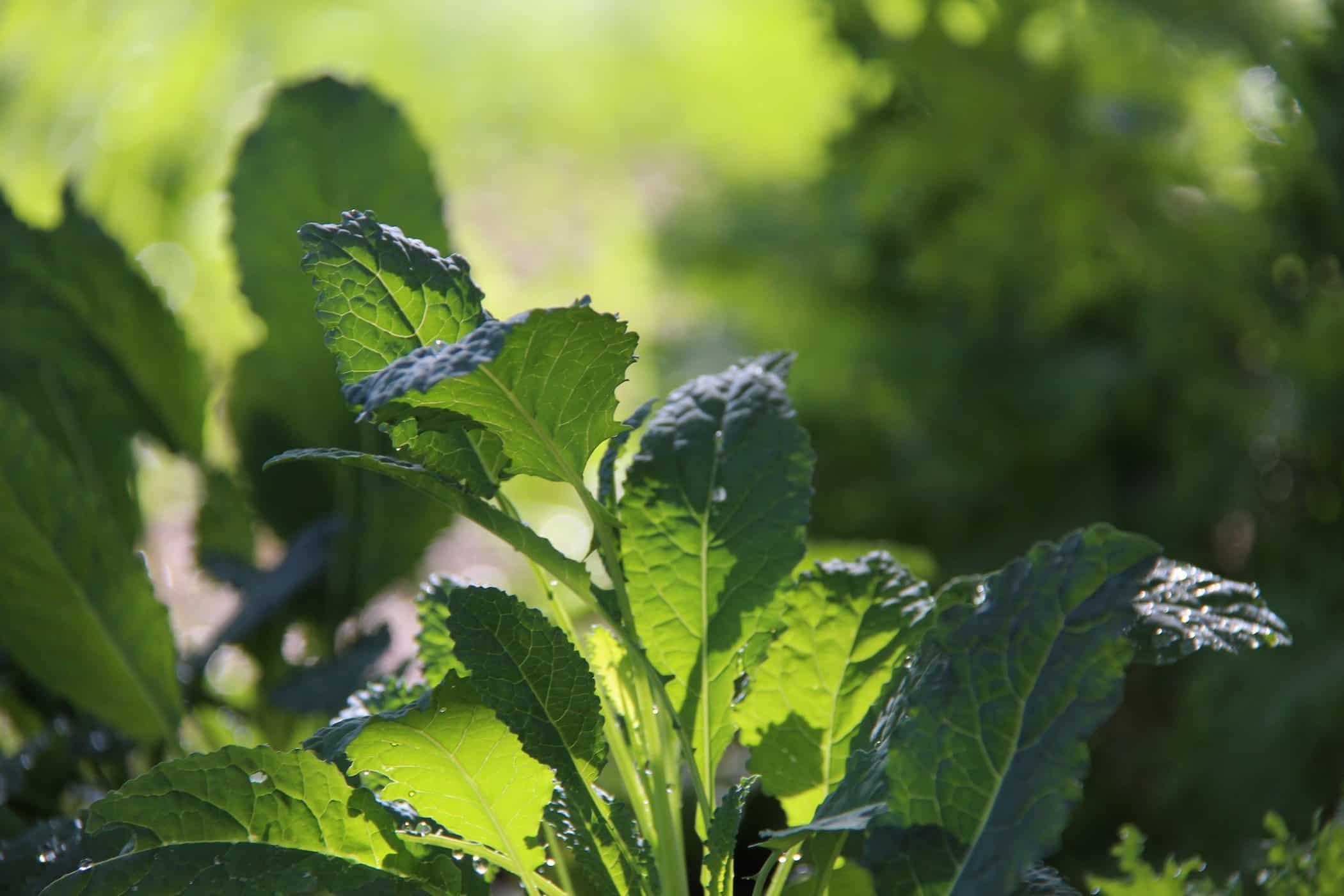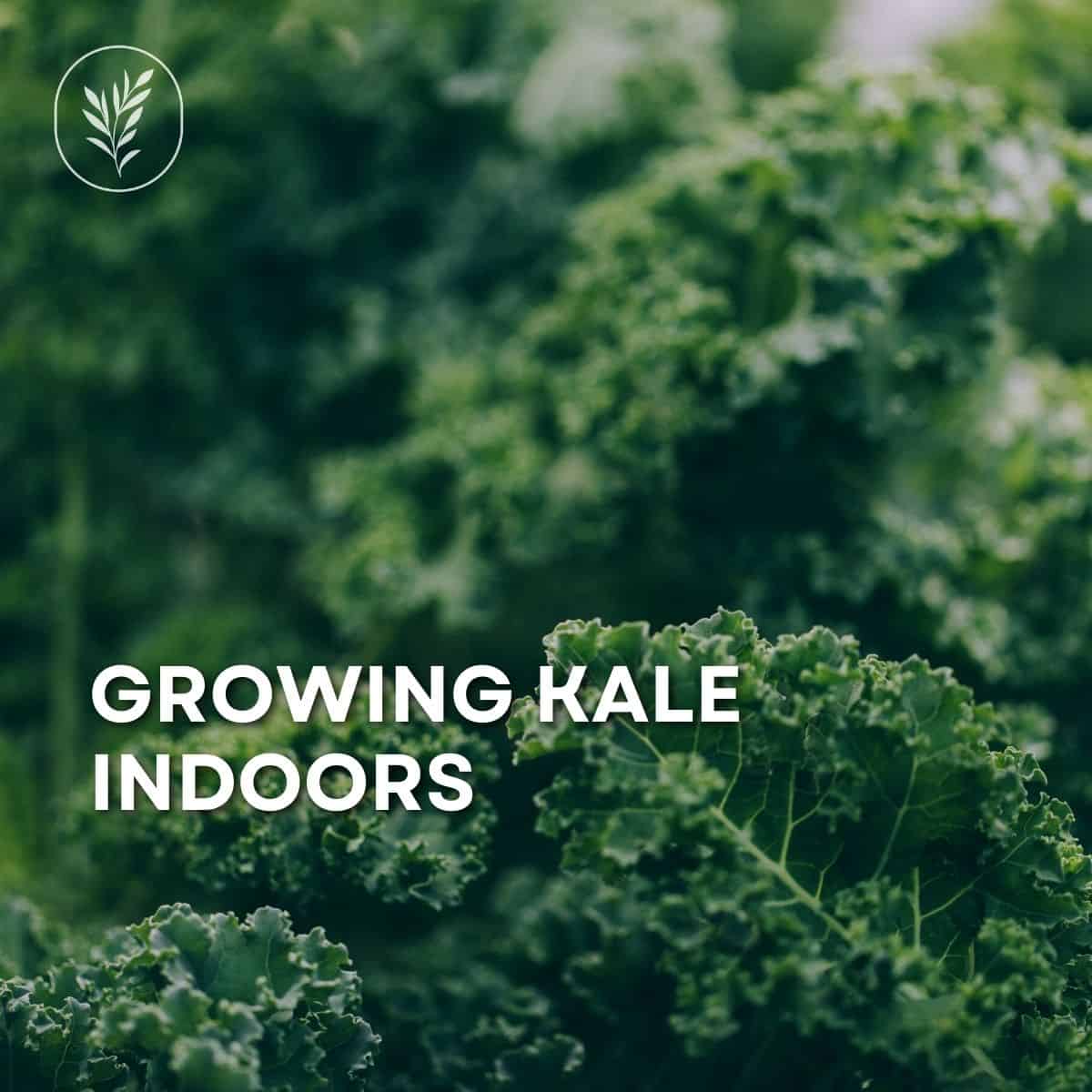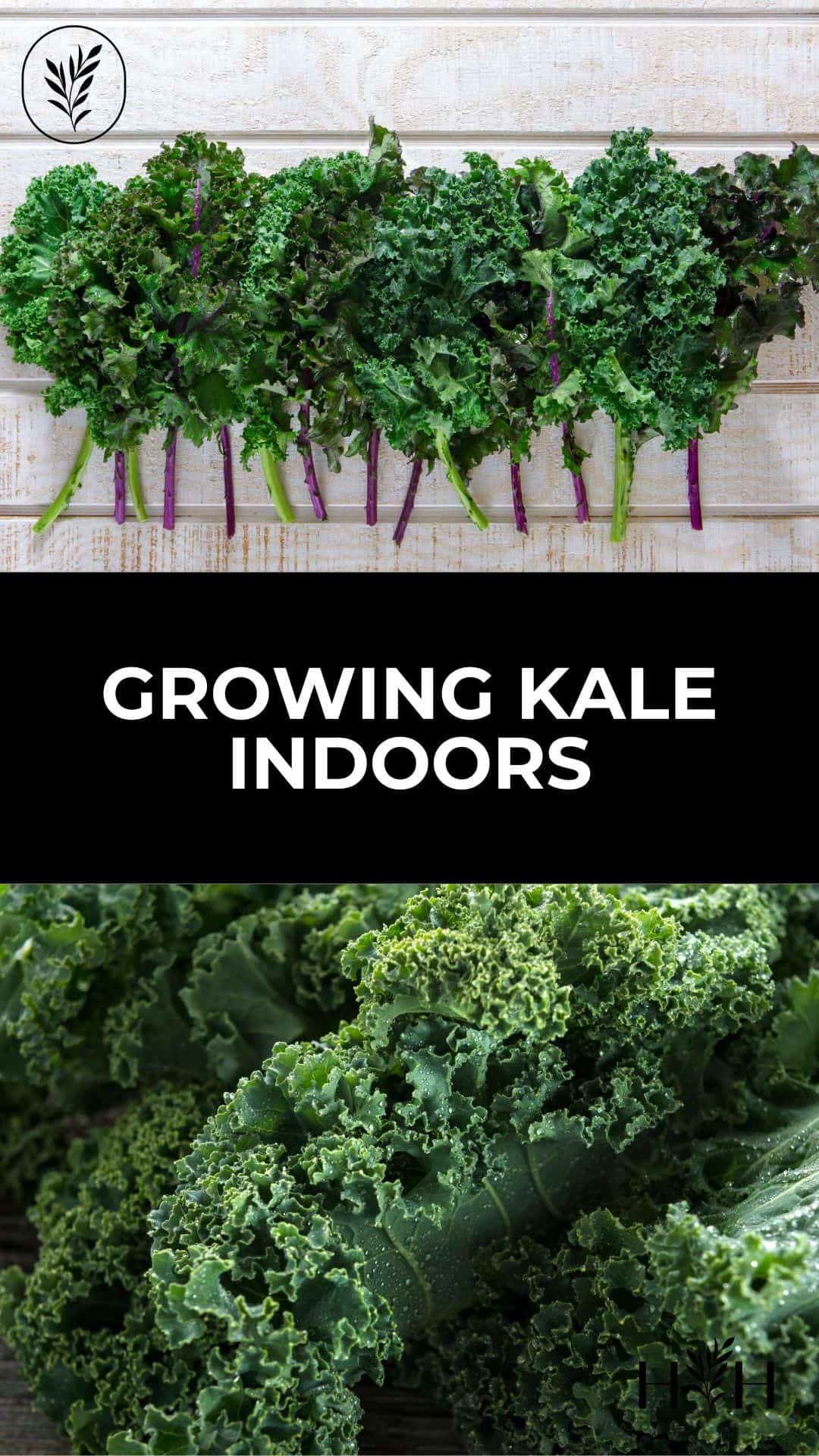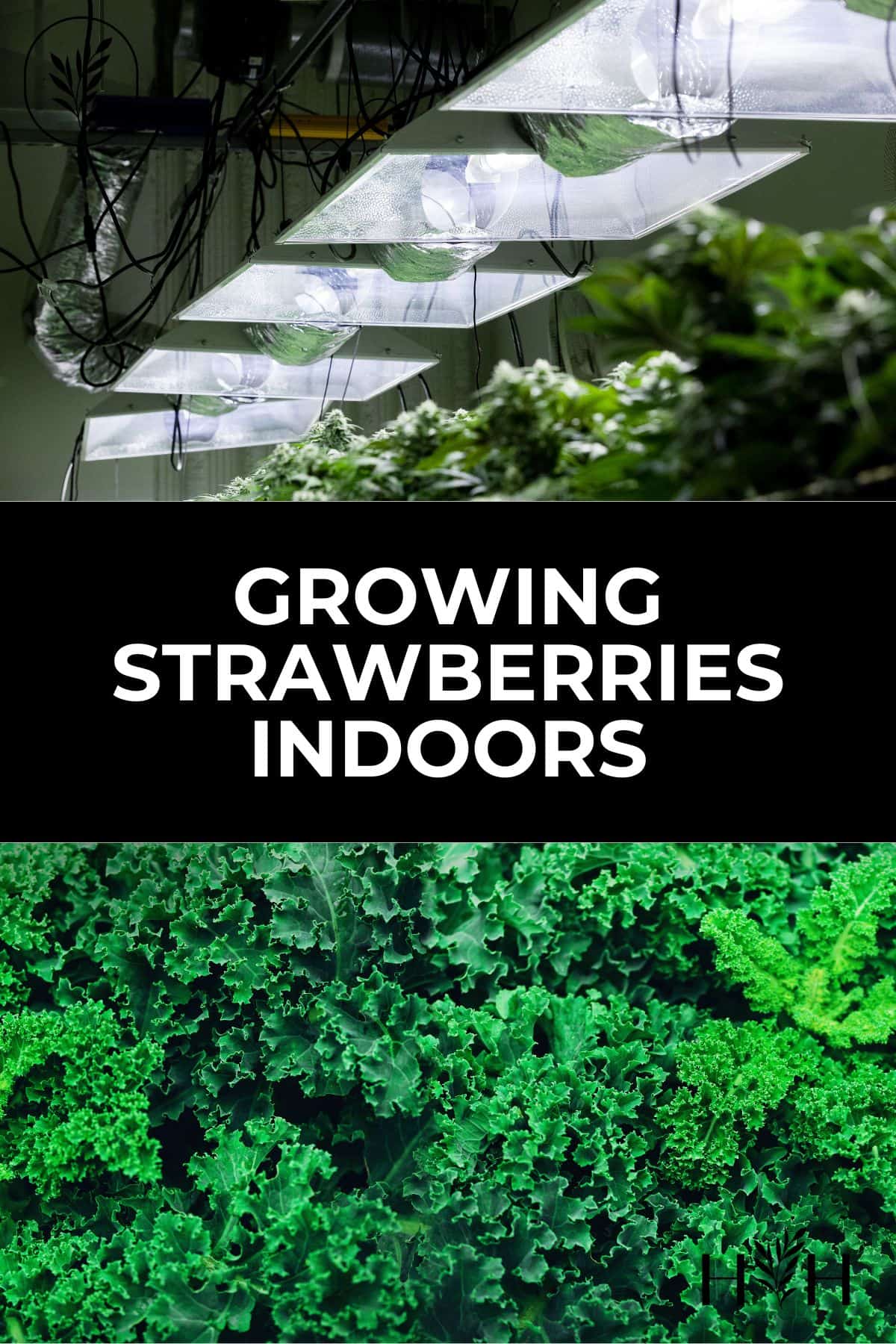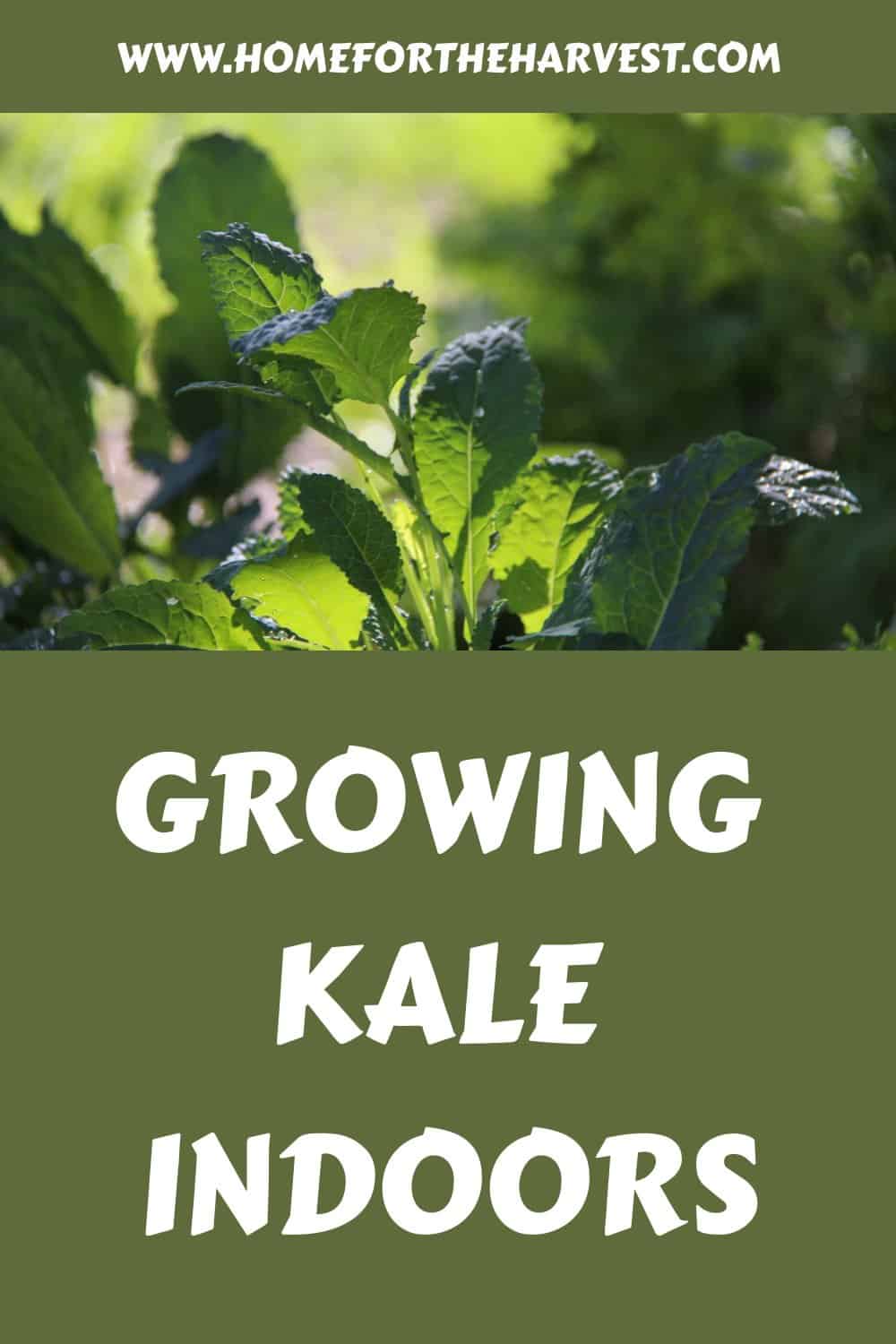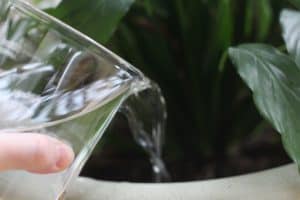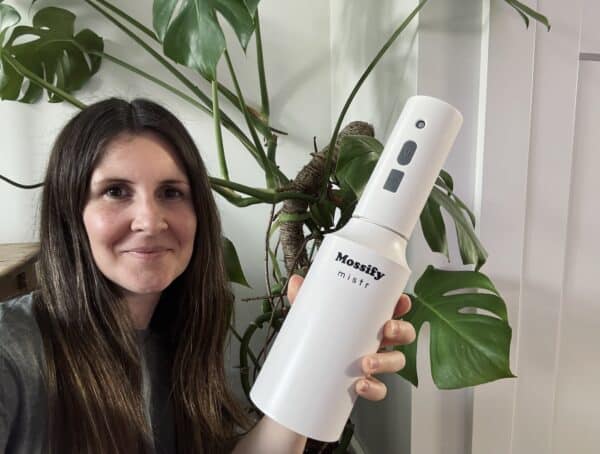Growing kale indoors is totally possible and can be totally easy. You just have to make sure the baby kale plants get what they need. Luckily kale is one of the easiest vegetables to grow at home!
Types of kale to grow indoors
There are endless varieties of kale to choose from. Here are two of my favourites for an indoor garden:
- Tuscan Kale – Lacinato: A dark, narrow leaf variety with a dimpled surface. Also referred to as “Dinosaur Kale”, this plant makes a lovely ornamental plant, and is the best salad kale. The smoother texture, delicate flavour, and dark green colour make this kale delicious fresh, all by itself. It is also lovely in soups.
- Scotch Kale – Dwarf Blue Curled: A frilly-leaved dark variety most similar in appearance to average grocery store baby kale. Curly kale is the best type for making kale chips, and is also a favourite for adding to smoothies. The compact size makes these plants well-suited to urban gardening.
I grow both Tuscan and Scotch Kale each year. I freeze big batches of both types in the fall for later use in soups and smoothies. Then I can save the kale grown indoors for fresh salads.
The photo below shows the three kinds of kale I grew last year: Russian Kale, Lacinato Kale, and Dwarf Scotch Blue Curled Kale. These types can all be grown indoors as full-sized plants or as baby kale microgreens.
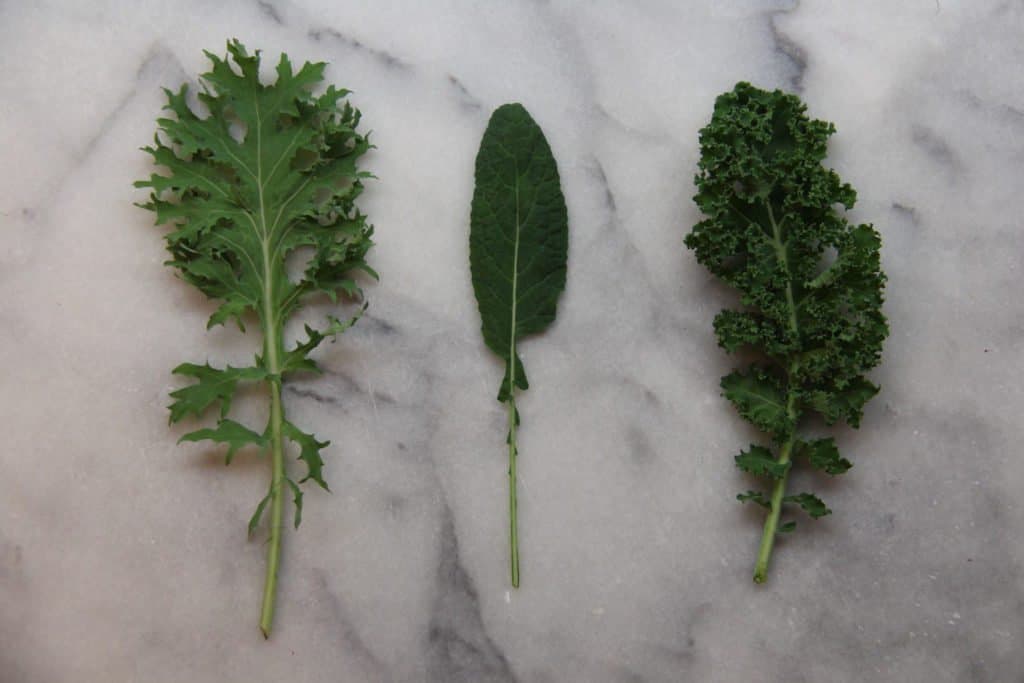
The best locations for container gardens
Place your kale plant containers in an area that receives around 6 hours of sunlight daily. Morning sun is preferable to afternoon sun, as the hot afternoon sun can scorch the plants on a hot day (although it has to be pretty sunny to scotch a kale plant through a window!).
Kale grows nicely in a windowsill garden. Place it near your garden herbs or houseplants so that you remember to water it often. Kale can be grown indoors but it does thrive best outdoors, so save the indoor growing for when growing outdoors doesn’t make sense.
Supplies for growing kale indoors
You only need a few things to grow organic kale indoors:
- Kale seeds – your favorite variety (I like Lacinato)
- Small cup
- Filtered water
- Plant container with drainage hole(s)
- Good-quality potting soil
- Sunny windowsill or dedicated LED plant light
- Garden trowel
- Indoor watering can or beaker
Or, use an automated indoor garden like the Click & Grow Smart Garden.
How to grow kale indoors
- Decide how many kale plants you would like to grow.
- Count out two seeds for every kale plant you’d like to grow (just in case!).
- Place the seeds in the cup and soak them in filtered water for 4-8 hours.
- Place the potting soil in the container and moisten the soil.
- Sow seeds ½ inch deep, about 6 inches apart.
- Water the kale each time the soil dries out. Keeping the soil moist is especially important when the plants are still quite young. The moisture will help the seeds germinate and become established.
- Harvest mature leaves, starting with those at the base or bottom of the plant. Full-size leaves may be as big as your hand. Baby leaves from the inside of the plant can be harvested for a special treat.
Yum! That’s how you can get started growing kale indoors.
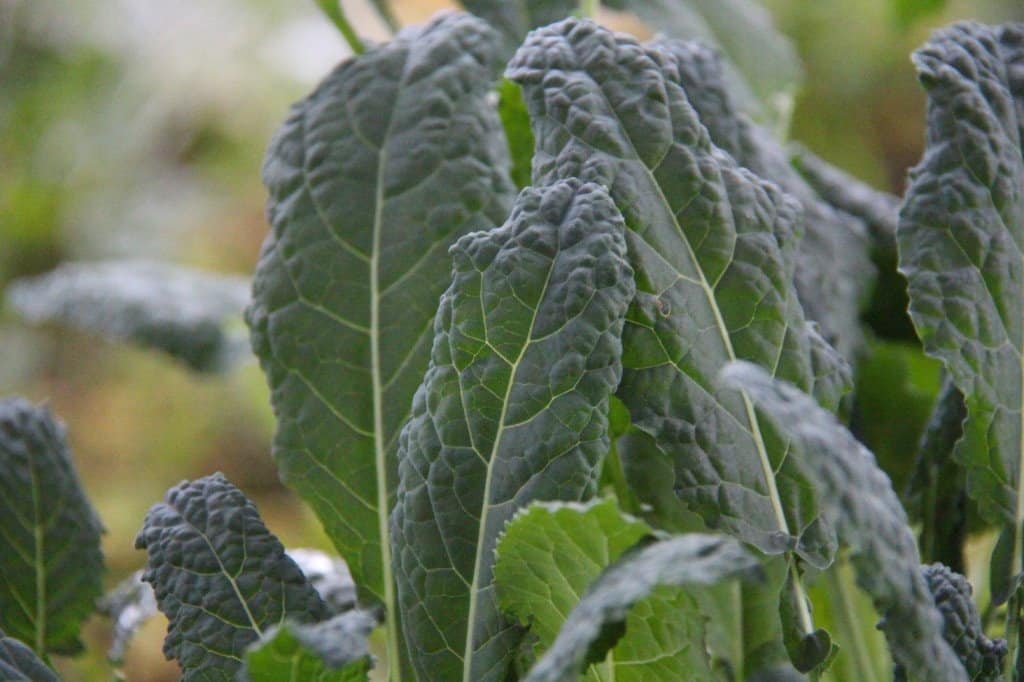
FAQs about growing kale indoors
Can I grow kale in an apartment?
Yes, it is possible to grow kale in an apartment. Kale is a hardy, cool-season vegetable that can be grown in containers or small plots of soil. It is also possible to grow kale indoors under grow lights.
Some tips for growing kale in an apartment include: selecting a container with good drainage, providing adequate light, and keeping the soil consistently moist but not waterlogged. Additionally, you can also try hydroponic growing which is a method of growing plants using nutrient-rich water.
At what temperature does kale stop growing?
Kale is a hardy, cool-season vegetable that can tolerate frost and low temperatures. It can continue to grow in temperatures as low as 20°F (-6°C), although its growth will slow down significantly at temperatures below 40°F (4°C).
Optimal growing temperature for kale is between 60-65°F (15-18°C) in which it will grow best. However, temperatures above 75°F (24°C) can cause the kale to bolt, or go to seed, which can cause the leaves to become tough and bitter. Therefore, it’s ideal to keep the temperature for growing kale between 60-65°F (15-18°C) for best results.
Where should you not plant kale?
Kale is a hardy, cool-season vegetable that can be grown in a variety of conditions, but there are a few places where it may not grow well or where it is not recommended to plant it:
In extremely hot climates: Kale is a cool-season vegetable and does not tolerate high temperatures well. It is best to avoid planting kale in areas where temperatures consistently reach above 75°F (24°C).
In areas with poor drainage: Kale prefers well-drained soil and may not grow well in areas that are prone to waterlogging or flooding.
In areas with high humidity: Kale is susceptible to fungal diseases such as powdery mildew, which thrive in humid conditions. It’s best to avoid planting kale in humid areas or areas with poor air circulation.
In full shade: Kale needs a minimum of 4-6 hours of sunlight a day to grow well, if it’s planted in full shade it will not produce as much yield.
After other brassicas: It’s not recommended to plant kale after other brassicas such as broccoli, cauliflower, and cabbage since they are susceptible to the same pests and diseases.


